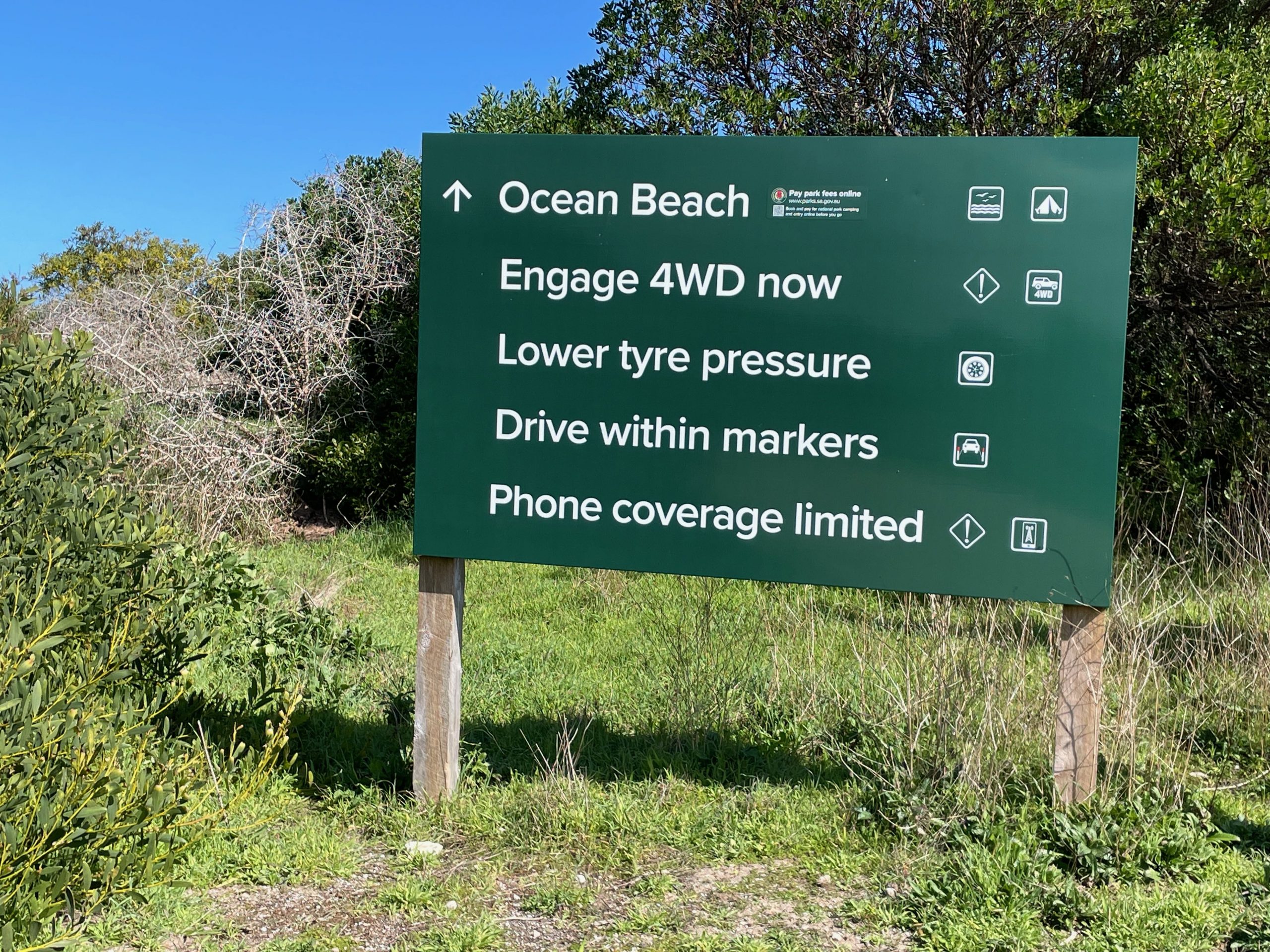Pressure teaching resources
Worksheets and lesson ideas to challenge students aged 11 to 16 to think hard about pressure (GCSE and Key Stage 3)
This short clip from Dragons’ Den can serve as a good starting point to help students conceptualise pressure, force and area. It is a nice example of how science can be used to improve the design of everyday products. Further information on this product can be found here: http://cleanheels.co.uk/
Calculating pressure of solids using force and area
GCSE and Key Stage 3 worksheet on pressure, force and area. Students provide evidence to show why Heel Stoppers reduce the pressure exerted by both shoes. They use squared paper to calculate the area of a high-heeled shoe and the new area when the Heel Stoppers are connected. Students can quantify the effect of the Heel Stoppers by performing a series of calculations. Putting p=f/a in context ensures students are engaged and better able to see the relevance of their calculations. (PDF)
Pressure in fluids at depth and altitude
GCSE and Key Stage 3 worksheet on pressure in liquids and gases. Students use the particle model to explain pressure in fluids and consider what happens to air pressure at different altitudes and water pressure at different depths. This resource was contribute by Terry Baylis. (PDF)
Pressure in gases
Click here for further resources on gas pressure and particles.
Driving on sand
Ask students to explain why you should lower tyre pressure when driving on sand (you could use this sign from an Australian beach to stimulate discussions). This same principle also applies to off-road bikes. Students should recognise that the surface area of the tyre in contact with the sand (foot print) will increase which will reduce the pressure exerted by each tyre on the sand meaning the car is less likely to sink. What appears to be a simple context to think about pressure is actually quite complex as it brings together knowledge of gas pressure, pressure in solids as well as friction.
